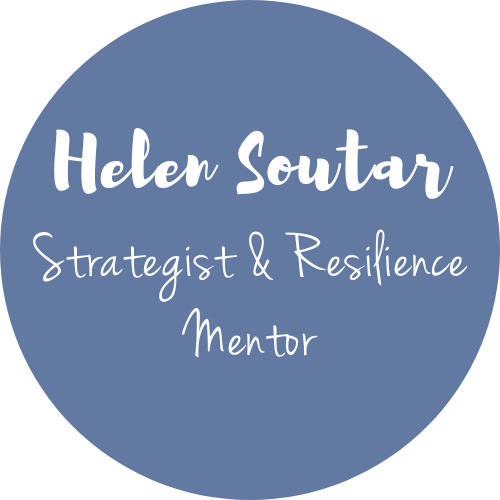What are Structural Inequalities?
In both The Resilience Formula and Raise Your Resilience, we talk a lot about structural inequalities…but what are they?
Let’s break it down
Inequality: the unfair situation in society when some people have more opportunities, money, etc. than other people
There are many different types of inequality – certain people being denied service by businesses or organisations, lack of facilities in certain areas, some people not having enough money whilst others have more than they could ever spend in a lifetime.
Structural: relating to the way in which the parts of a system are arranged
Structural (in this context) relates to the way society is set up to benefit some classes of people over others. Examples of this include racism, sexism, ableism and classism. The key difference here is that structural inequalities are not based on the behaviours of individuals, but on the systems, standards and norms set up and accepted by society that influence government policies, as well as the legal, educational and health care systems.
In day to day life, this looks like black men being more likely to be stopped by police and then to receive harsher penalties if convicted*; new medicines often only being tested on males (because the hormone fluctuations experienced by females complicate the testing process)**; public transport systems routinely being set up in a way that does not support wheelchair users and students from private or well-funded schools and families being at an advantage when applying for University.
In terms of resilience, it is important to acknowledge what structural inequalities are impacting on your ability to adapt easily to change for 2 reasons – firstly to identify and acknowledge those things that are outside of your control and secondly so you can account for those impacts when you are building your toolkit.
The Resilience Formula cannot magically remove the burden of structural inequalities, but it can help to mitigate them and, more importantly, it can help you to reach a position of being able to challenge those systems, standards and norms that maintain them.
Further reading:
* Why I’m No Longer Talking to White People About Race by Reni Eddo-Lodge
** Invisible Women by Caroline Criado Perez





0 Comments